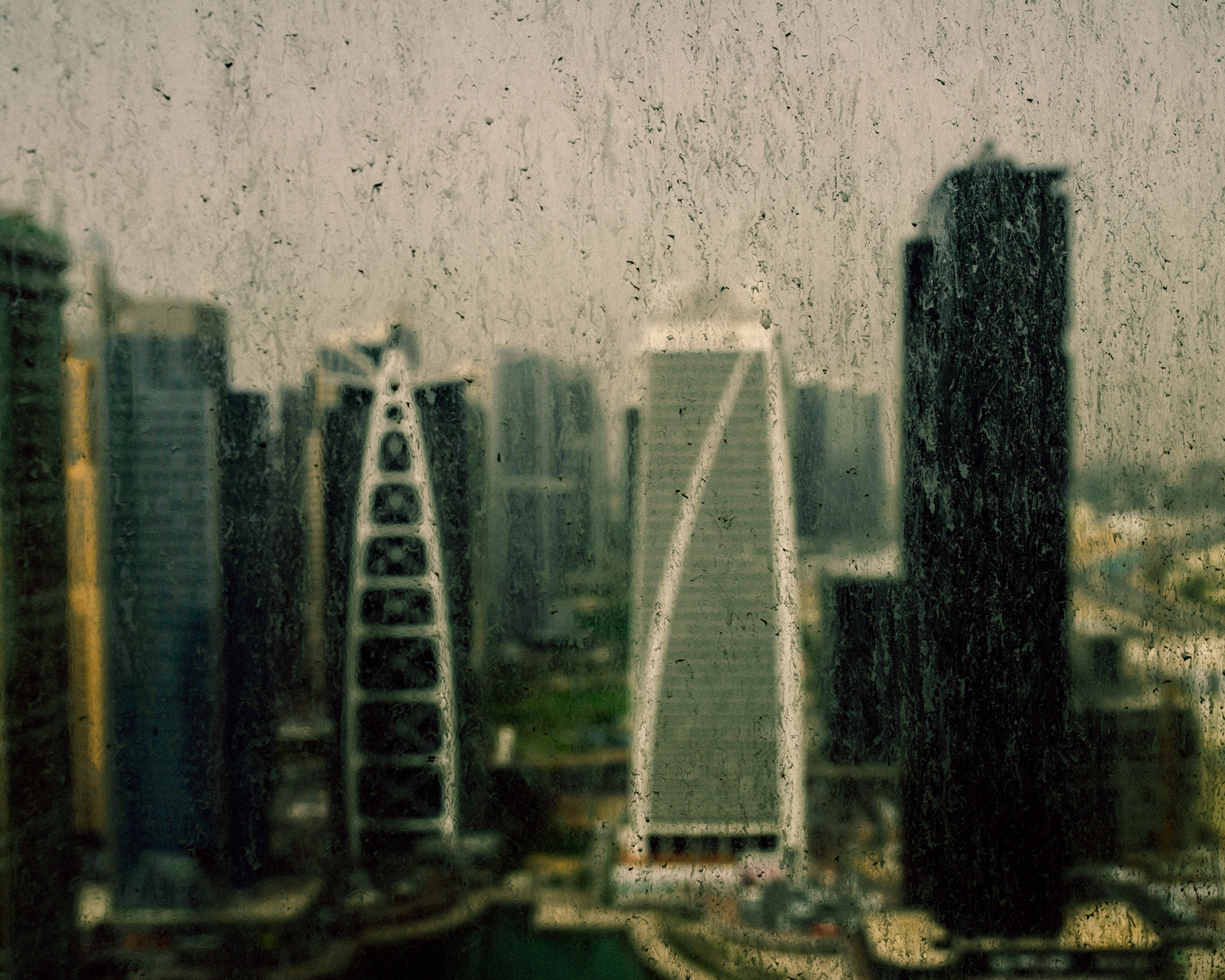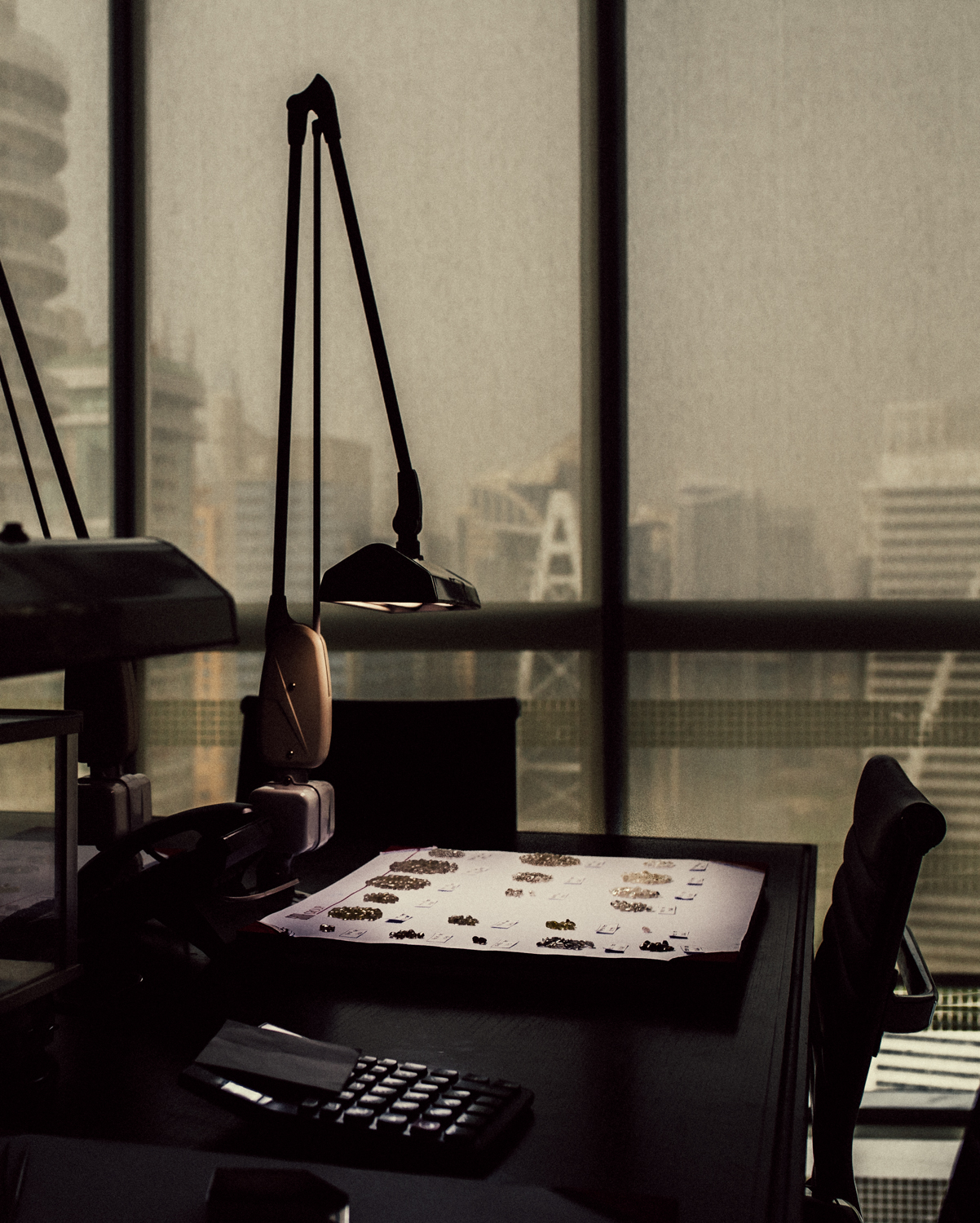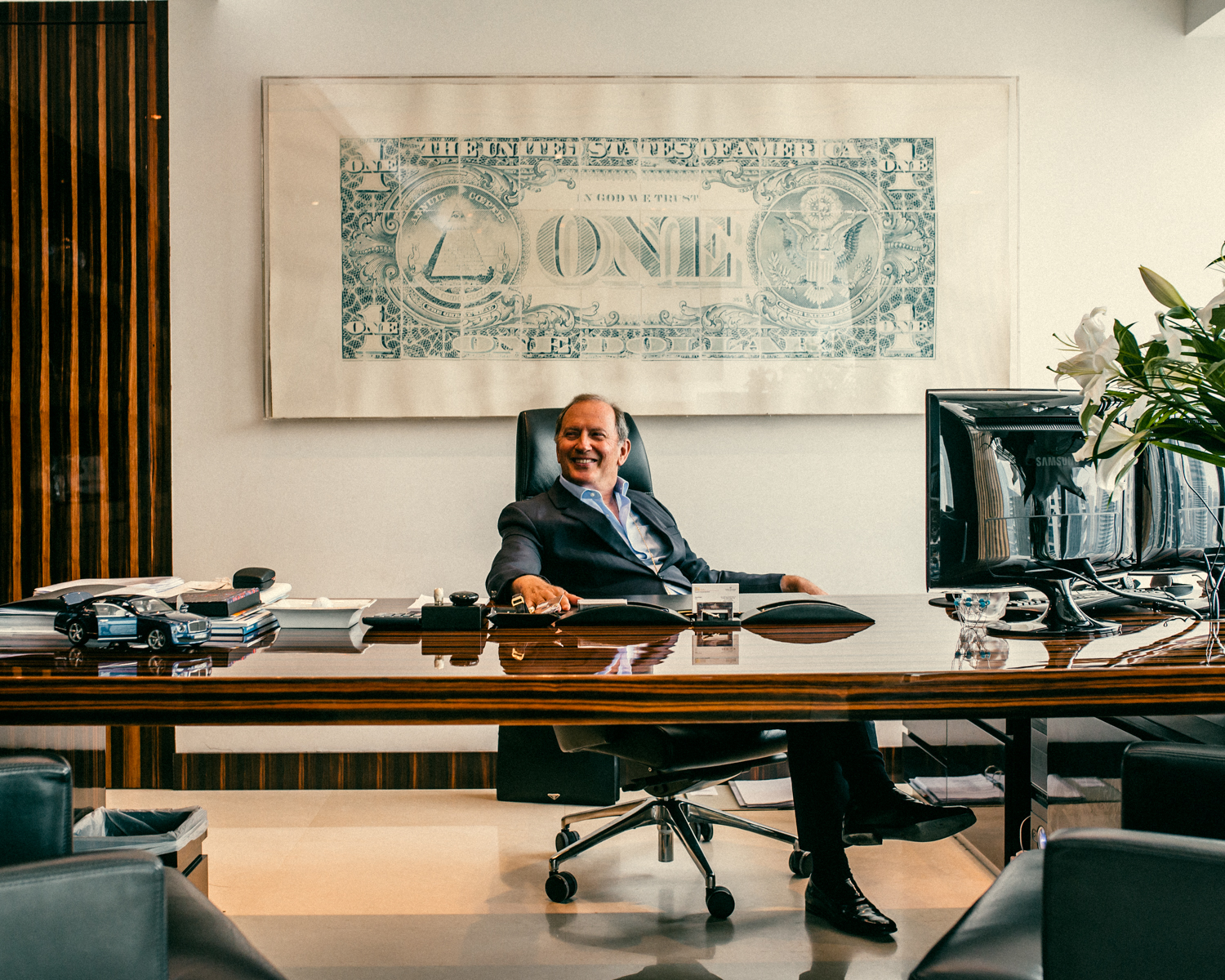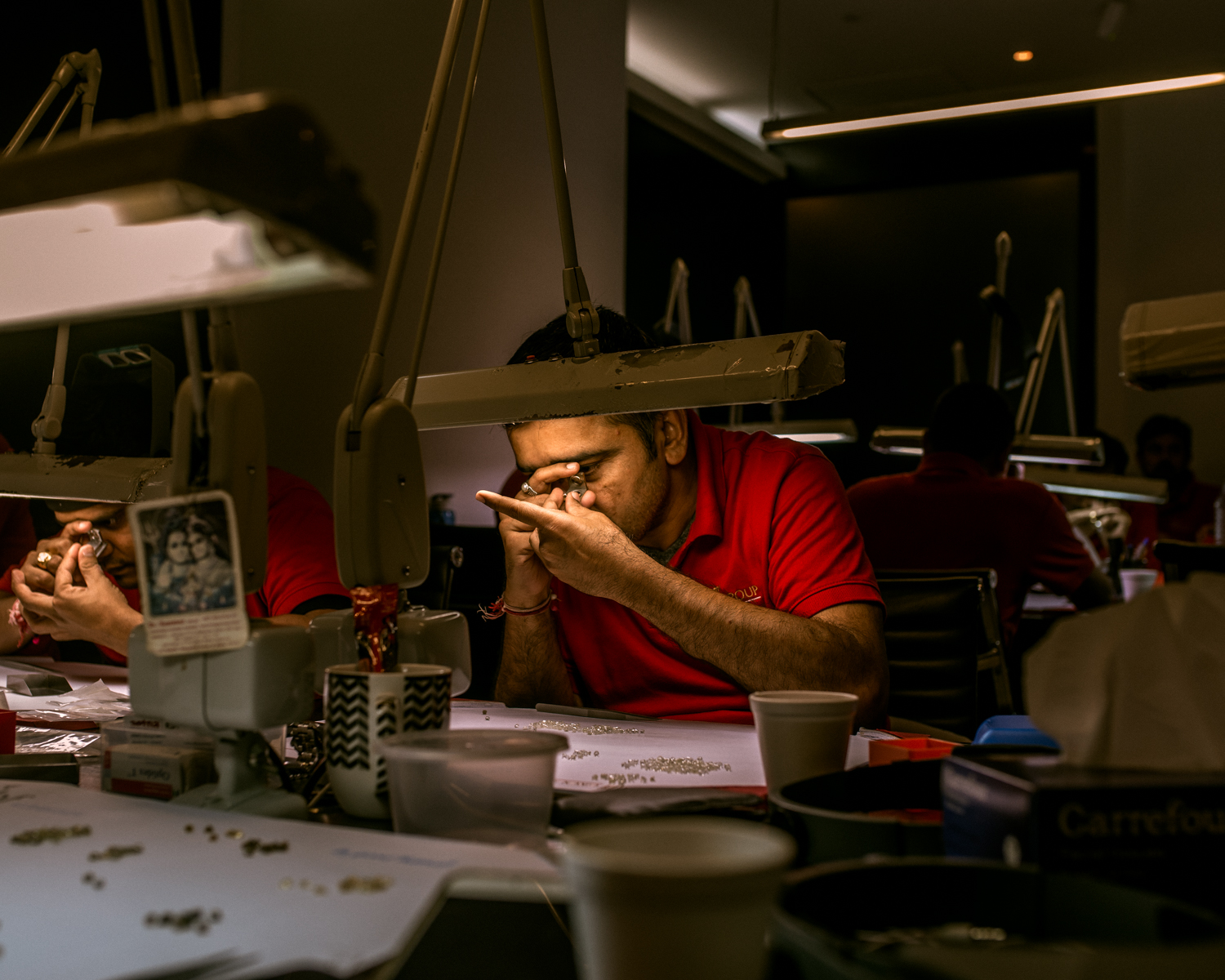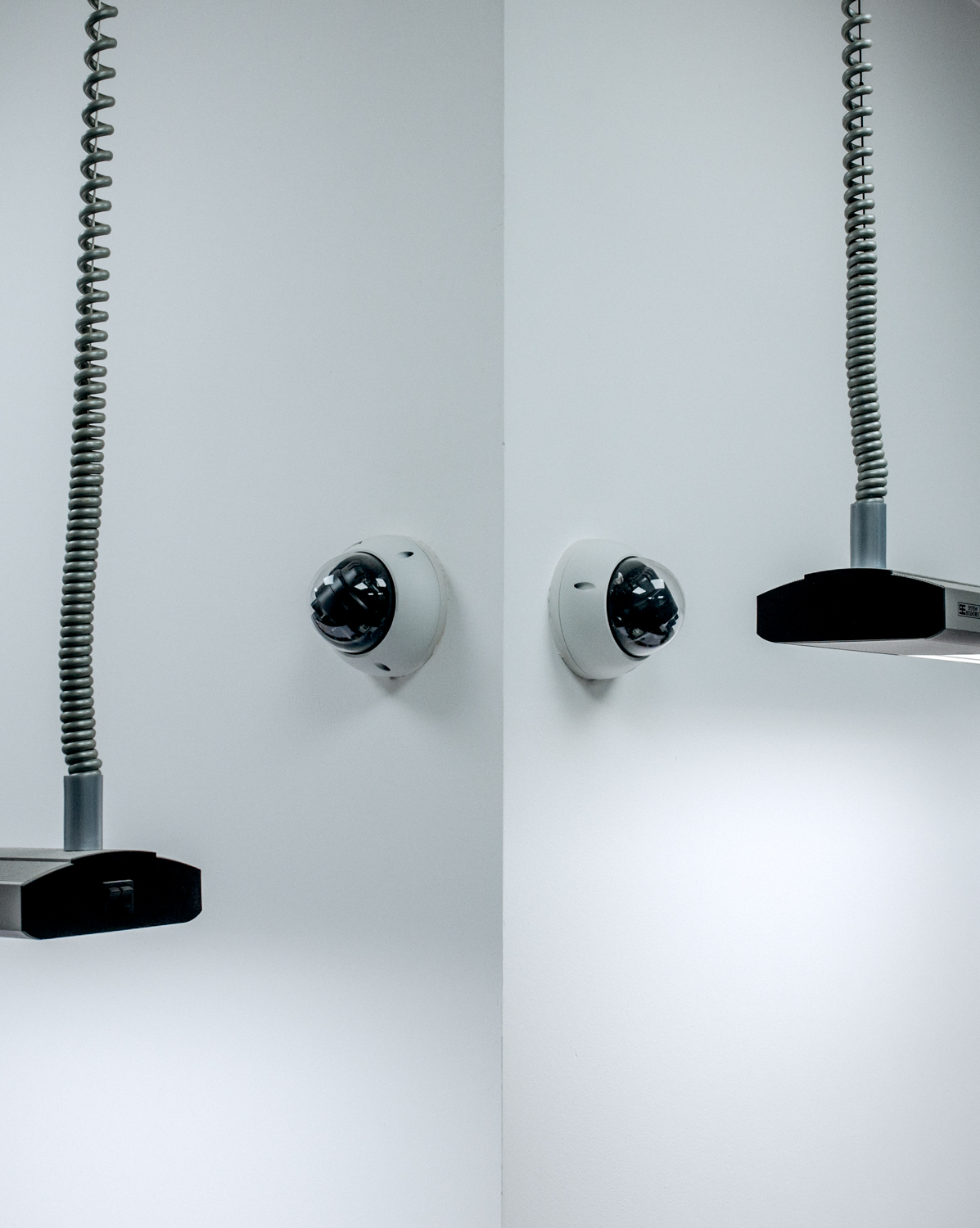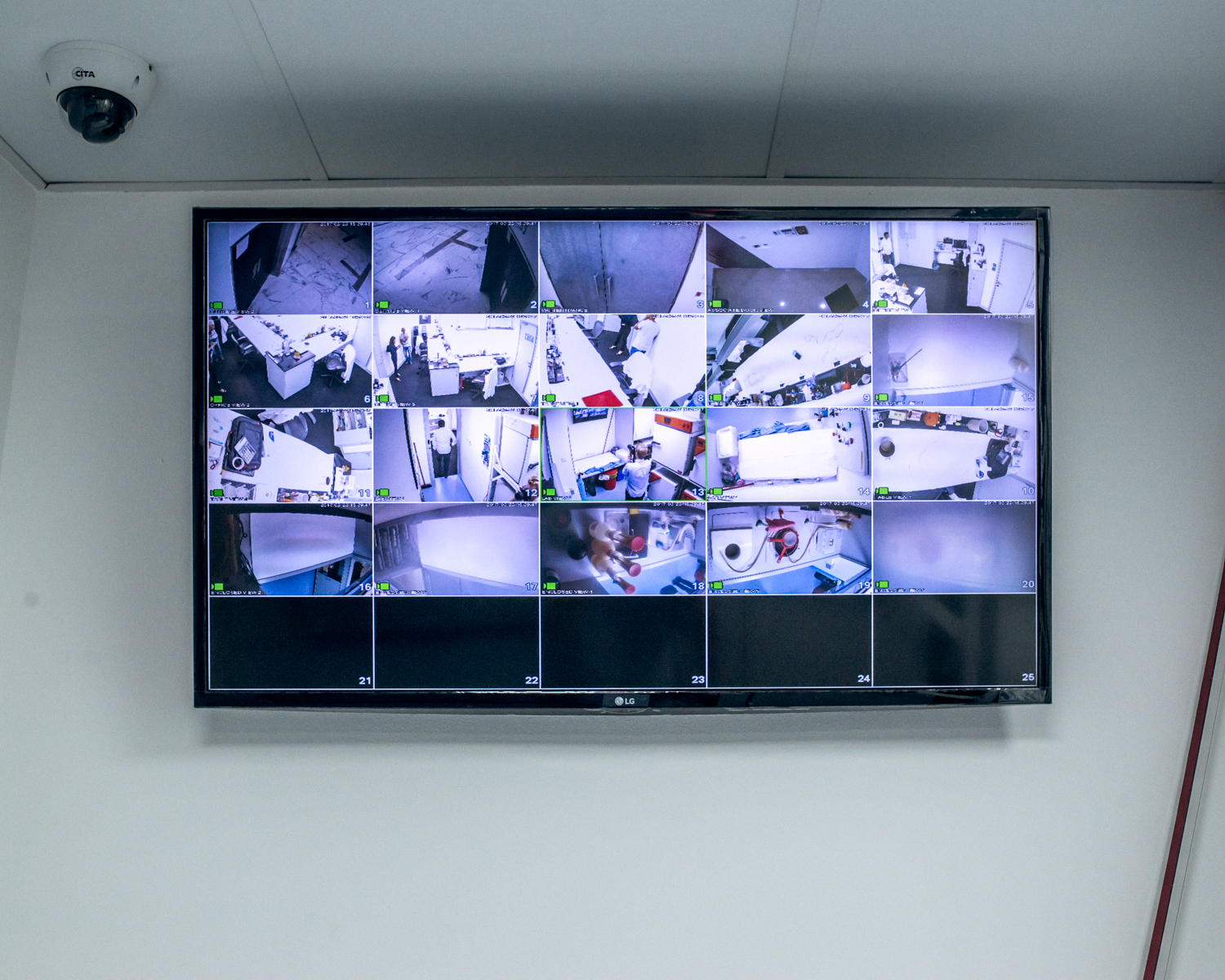Words by Shoshana Kedem in Inc. Arabia
Dubai Diamond Exchange: an impenetrable entity in the 68-storey Almas (Diamond) Tower. These days, the tower, a warren of lavishly ornamented
trading offces, bustles with traders from around the world
selling rough diamonds to factories and polished pieces to
retailers from around the world.
In many offces, you can see workers from the West Indian state of Gujarat, busily inspecting and sorting the rough tiny pearl-colored jewels into packages for clients from cutting and polishing factories both in India and Belgium.
When diamonds come out of a mine, they’re like a huge bag of M&Ms with the gems in all hues of chocolate, yellow and brown, Neiger explains. It’s companies like SBMH that sort them according to their client’s specific criteria.
In many offces, you can see workers from the West Indian state of Gujarat, busily inspecting and sorting the rough tiny pearl-colored jewels into packages for clients from cutting and polishing factories both in India and Belgium.
When diamonds come out of a mine, they’re like a huge bag of M&Ms with the gems in all hues of chocolate, yellow and brown, Neiger explains. It’s companies like SBMH that sort them according to their client’s specific criteria.
Some clients specialize in very high-range diamonds, some
specialize in lower range, according to him. Others may specialize in princess cut, or the round cut, for example. “What we do is prepare those goods for the type of manufacturing,” says Serge Neiger, CEO at SMBH.
The diamonds arrive all mixed up in one package for the Gujarati workers, who with around six months training in diamond sorting, sort them into categories according to the four C’s: color, cut, clarity and carat (weight).
That’s where companies like SBMH come in the value chain, sorting diamonds in a specific way so that the next person on the chain has exactly what he wants.
The diamonds arrive all mixed up in one package for the Gujarati workers, who with around six months training in diamond sorting, sort them into categories according to the four C’s: color, cut, clarity and carat (weight).
That’s where companies like SBMH come in the value chain, sorting diamonds in a specific way so that the next person on the chain has exactly what he wants.
